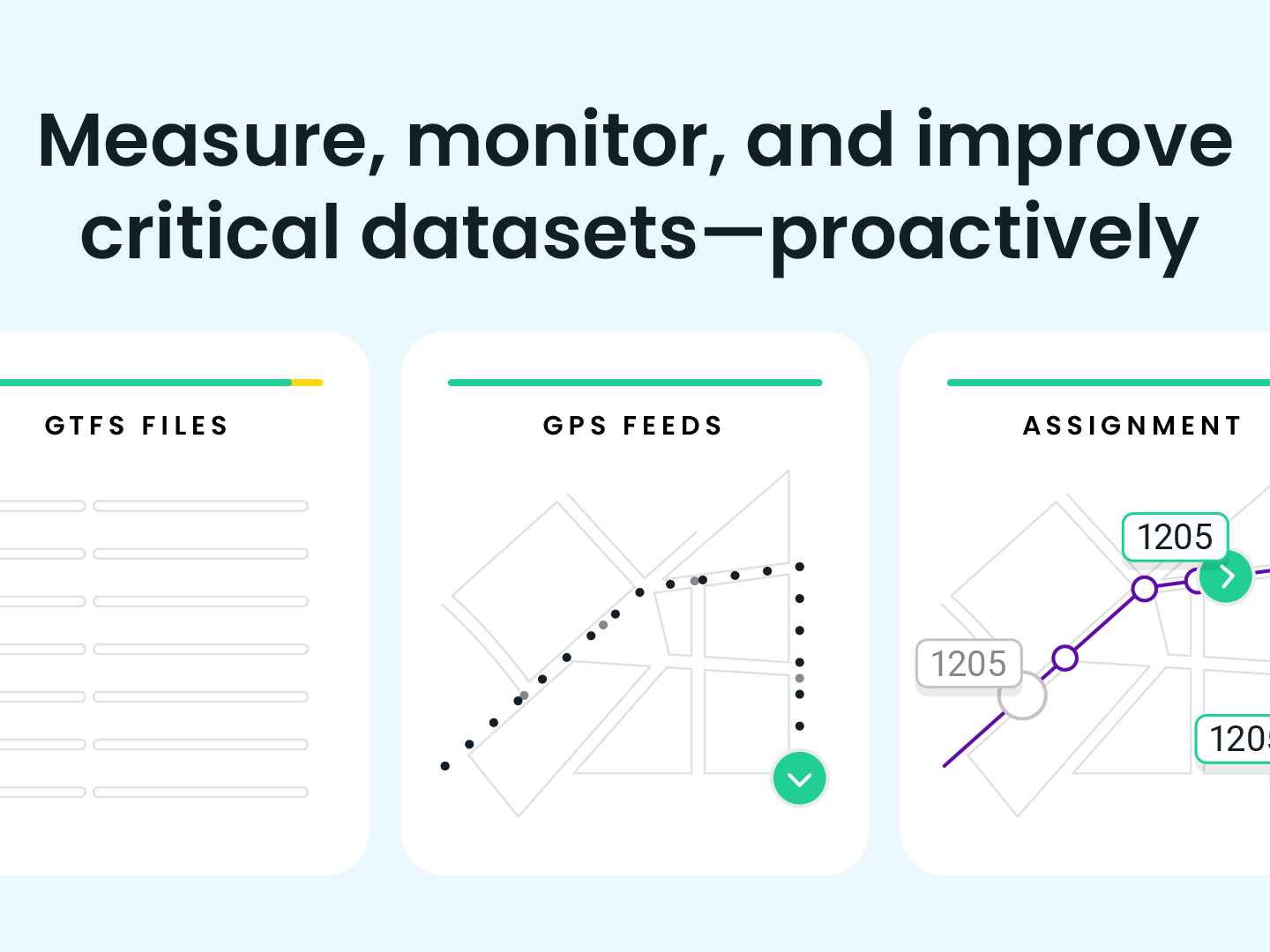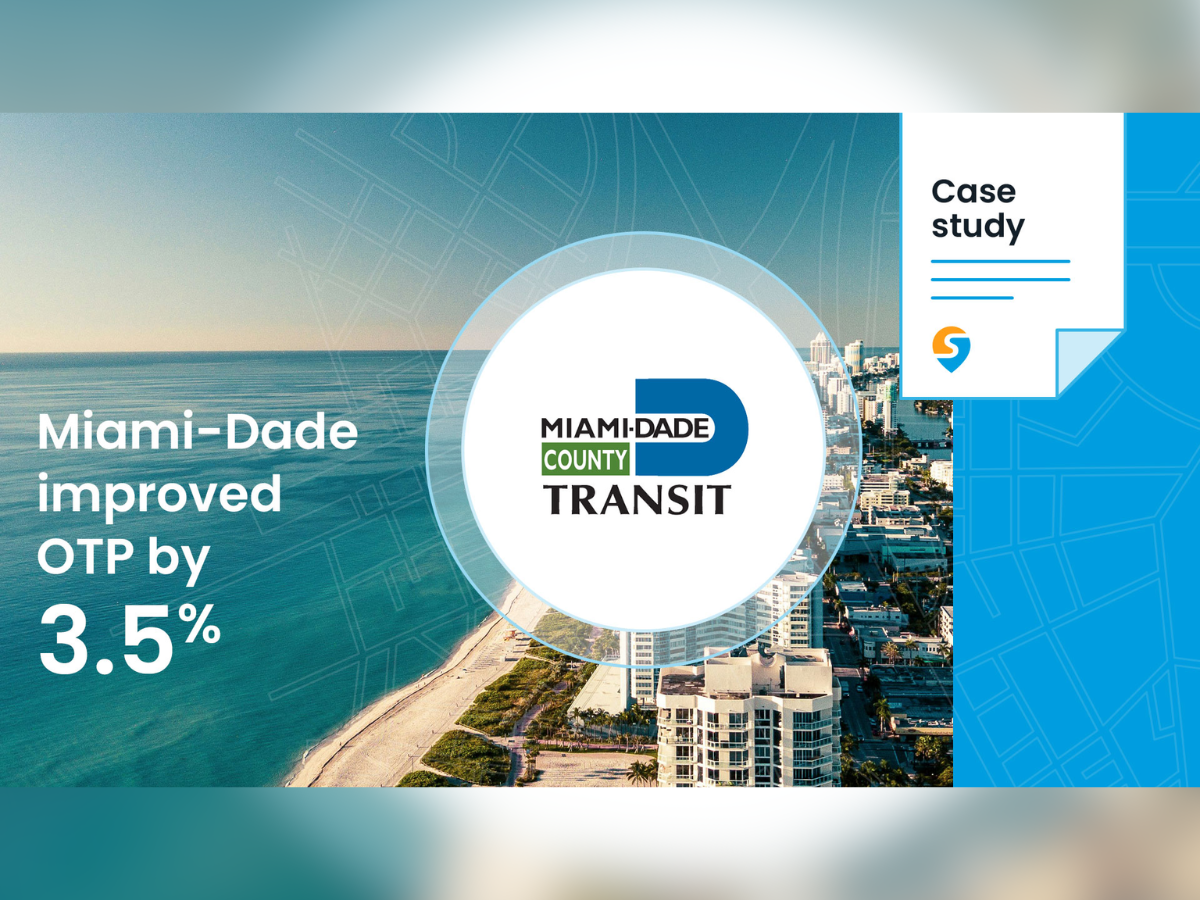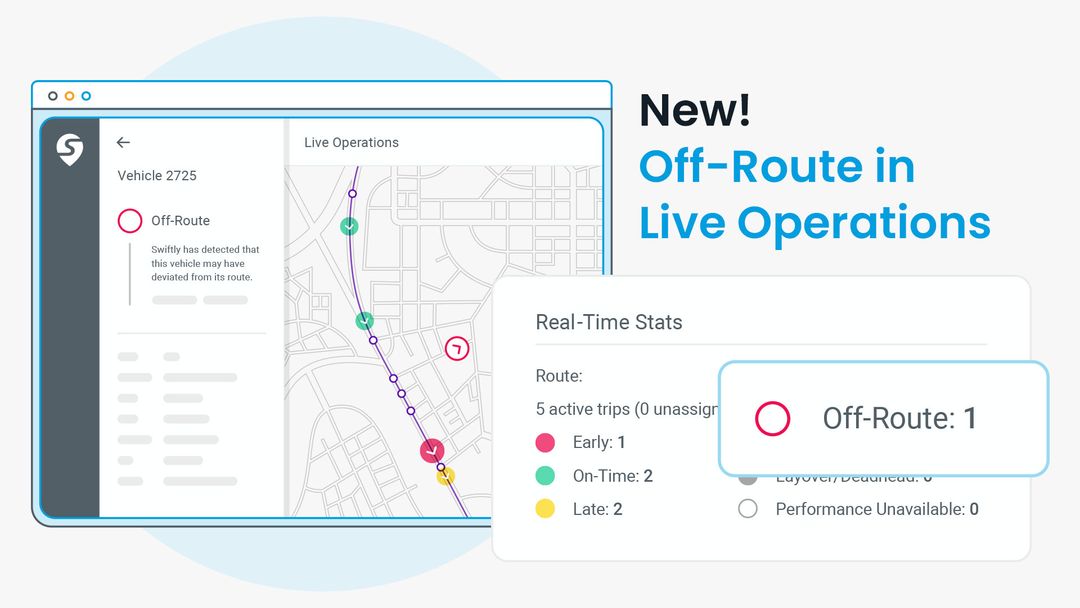Transit Innovation Workshop Recap: How Bay Area Agencies Are Doing More with Less
This month, Swiftly hosted our first ever Transit Innovation Workshop at our HQ in San Francisco.

Folks from across Northern California—from San Joaquin to Santa Clara, from Marin to Livermore—took trains and buses to discuss the most pressing challenges facing transit agencies and the ways technology is evolving to help.
The Bay Area is a hub for innovation and impactful technology, and we’re thrilled to convene leaders across the public and private sectors to harness that innovation on behalf of transit riders. We were honored to host over 40 attendees, including staff from 10 transit agencies, representatives from Metropolitan Transportation Commission (MTC) and Cal-ITP, consultants, technology providers, and thought leaders. I left the workshop feeling energized after learning more about the innovation around standardizing data, investing in systems that talk to each other, improving passenger information and reliability, and doing more with less (or more with the same).
We kicked things off with our CEO, Jonny Simkin, sharing how he first got involved in the industry through his experience as a transit rider—a story that feels familiar for many people, including myself. His initial goal of starting Swiftly to help make transit more reliable and efficient is just as relevant today as transit agencies strive to attract and retain riders.
Next we convened a panel on data strategy, including data standards, interoperability, and regional common data languages. Robert Betts, Director of Operations and Service Development at Marin Transit, explained how shifting rider expectations has an impact on not just the quality of the data an agency is producing, but the way that information is being shared.
Robert Betts, Director of Operations and Service Development at Marin Transit, said:Static info is step one, real-time is step two, but what happens when there's disruptions?
Disruptions are happening more and more, and it doesn't take long for the rider to get bad data, and quit trusting it. We're focused on trying to capture those same-day changes and communicate them out, building and restoring this trust with our riders.
We also got to learn more about the new Operational Data Standard (ODS), which represents data from non-revenue trips. Gillian Gillette from Cal-ITP shared why she was excited for the new data standard and the impact it will have on riders nationally.
Gillian Gillette from Cal-ITP, said:What GTFS is for passenger data, ODS is to agency’s own data. They need to be able to see their own data to improve reliability.
Anna Biegalski, Partner Success Associate Principal at Remix, said it best:It's one thing to have data; it's another thing to work with that data and create the story that you need to tell for your riders.
We also had the opportunity to hear from local agencies on their initiatives to do more with less.

Across the bridge, Ahsan Baig, Chief Information Officer at AC Transit, is also thinking deeply about the quality of rider information and the role that his department, Innovation and Technology, has to play. Ahsan and his team think of data as “the new digital glue. It ties every department together, and not just internally, but with riders.” This theme of data quality and the impact it has on riders was constant throughout the workshop.
Riders in Fairfield have experienced a similar shift, thanks to the work that Amber Villarreal, Transit Operations Manager at the City of Fairfield, and her team have done in improving their real-time passenger information feeds in partnership with Swiftly.
Amber Villarreal, Transit Operations Manager at the City of Fairfield, said:Our customers know they can rely on this—there's a sense of reassurance that the bus will show up. This is a pretty big deal—we have hour-long headways, and you don't want to have a customer standing out there if they don't need to.
As anyone in the transit industry knows, creativity and collaboration are key to problem solving. One of the best ways for agencies and technology providers to improve outcomes for riders is by sharing our problems and brainstorming solutions. Using a “think, pair, share” brainstorming framework, Swiftly CPO Meredith Bordoni led workshop participants through a feedback exercise to identify top of mind themes for agencies and to answer the question of how we can do more with less, or at least, more with the same. This discussion spanned topics including strategies to:
- Encourage disparate systems to talk to each other (Interoperable APIs!) ;
- Communicate more effectively with passengers (Is it time to transition away from print media?) ;
- Modernize infrastructure to speed transit up (Where can we partner on TSP initiatives?) ;
- And much more.
As it turns out, agencies and partners throughout the region, big and small, are trying to solve the same problems and climb the same mountains. Sharing what’s working (and what isn’t) doesn’t just help one agency solve one problem, it advances innovation throughout the industry. Communication around innovation is the rising tide that can lift all boats!
It was inspiring to learn more about the innovative technologies and initiatives agencies are undertaking to streamline operations, modernize data standardization and systems integration, and ultimately deliver more efficient and reliable service for riders. I’m excited to help continue the conversation as we expand transit innovation workshops to other areas around the country.
This article was originally published by Swiftly.















